Ever since the brand was founded by two Penn State students in 2013, Vortic Watch Company has been one of our favorite developing companies to watch. At a hotel located right outside the Baselworld fair last month, I had the opportunity to once again meet with founder RT Custer where he showed me his current focus: bringing vintage American railroad pocket watches back to life as wristwatches. That’s right, Vortic, a brand that has made this sort of revitalization its nucleus, has turned its lens onto what was once considered the pinnacle of American horology.
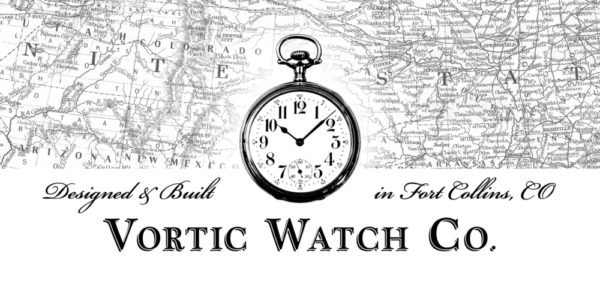
In the early 20thcentury, almost all big business in the United States depended on the railroad. As such, it was necessary that the railroads remained on time and any delays accounted for. In those early days, it wasn’t uncommon for devastating accidents to occur when someone switched tracks too early or late and ending up in the path of some other train.
Because of this, safeguards were put in place that included the requirement for a conductor to carry a pocket watch that had a movement with a lever actuator. A lever actuator made it impossible to set the time via pulling the crown out like a normal vintage or contemporary watch. This was necessary due to a number of accidents involving the watch’s crown catching on a piece of clothing or equipment, altering the time, and putting the conductor in a state of horological — and rail — jeopardy.
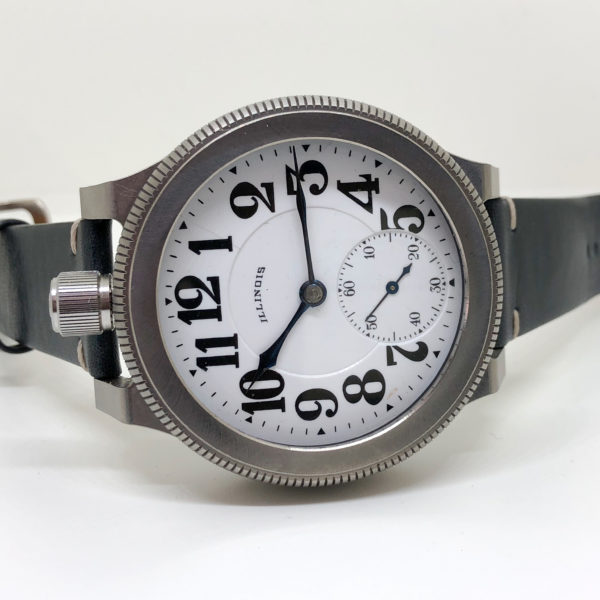
How you would adjust the time on these compulsory timepieces was actually quite simple, yet it would be completely out of the ordinary for the contemporary enthusiast. The bezels on these original pocket watches could be screwed off with the glass crystal attached. After the bezel and protective glass were removed, you would then pull a small lever out which engaged the setting ability of the crown. The crown still didn’t need to be pulled out at all, rather once the lever was set, any movement of the crown would adjust the time. The lever actuator could typically be found at either 1 or 11 o‘clock.
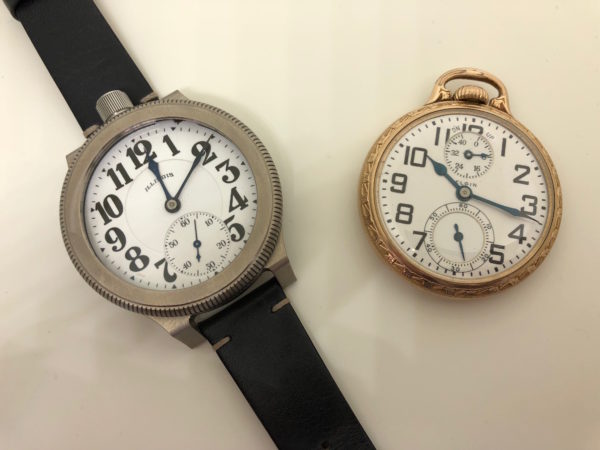
Developing a modern presentation for these vintage movements and dials was a two-year process for founders RT Custer and Tyler Wolfe. The biggest problem that came about when adapting these decades-old timepieces? Figuring out how to make the watch’s water and dust proof.
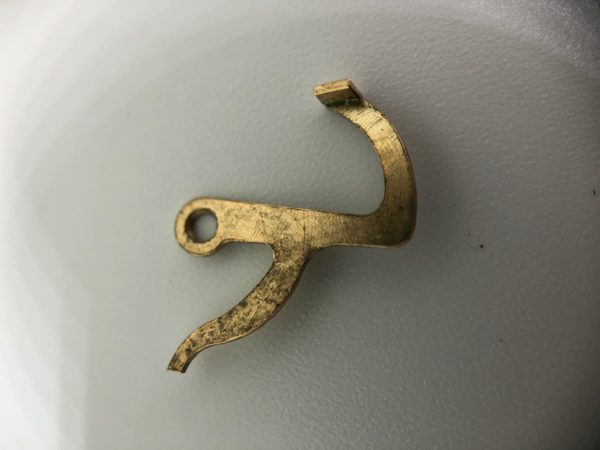
“Many customers are sending us their family heirlooms and we need to ensure that those pieces are properly preserved and protected,” Custer says.
The solution to this issue was focused on how to make the lever accessible while keeping the crystal sealed to the case rather than the bezel. Custer and his team eventually came up with a three-piece case construction that includes a body, a caseback, and a coin-edge bezel. The bezel can be quickly removed to access the lever via a quarter-turn, cam-lock system. Due to the size of the pocket watch movements, each case is a quite large 51 mm in diameter. All of the cases are custom built from 3D-printed titanium (Vortic was an early adopter of 3D printing in the watch industry and even received a grant from Penn State to continue its experimentation).
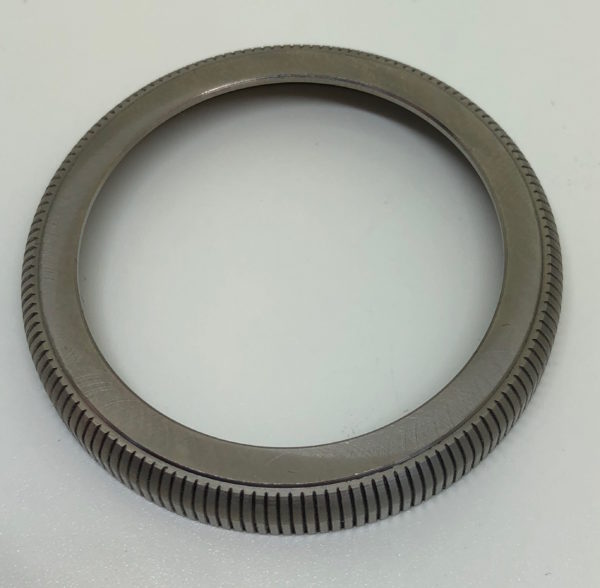
Although the movement and dial are completely original, Custer had to recreate the lever actuator to make it functional in the new bezel/crystal configuration. While in the original timepiece, the lever was small and meant to be pulled out with a fingernail, the new lever extends further and can be grasped with your fingertips. The dials often include beautiful bold, black numerals and white enamel dials that feature a variety of character marks that show off each pieces unique age.
If you don’t happen to own an original vintage railroad timepiece, Vortic features many “orphaned” pocket watch movements in its stock that are sourced from estate sales and pawn shops across the country. The “orphaned” movements feature all the great American watchmaking brands of the early-20thcentury. Elgin, Hamilton, Illinois, and Waltham all produced an original take on the professional grade timepieces hoping to capitalize on the industry mandate.
Railroad pocket watches were once regarded as the ultimate in timekeeping due to the necessity of their accuracy. As such, the movements often featured a higher degree of decoration and finishing. Vortic added an exhibition caseback to feature the beauty of the original movement on full display. It’s a unique experience to view such a decorated movement that would have been rarely seen during its first life. And, just like the lever-set movement, it’s an excellent example and tribute to American manufacturing ingenuity.
Vortic is currently accepting preorders for the Railroad Edition and will work with each customer on a one-on-one basis to figure out the specifics. If you provide your own original railroad pocket watch, prices start $1,995. If you prefer to use an “orphaned” vintage movement, prices start at $2,495 for an Elgin base; $2,995 for a Waltham base; $3,495 for an Illinois base; and $3,995 for the “Rare and Limited” series which features brands that range from Ball Watch Company, Rockford, Hampden, and Hamilton and are subject to availability.
Custer told us in the fall that he can only convert approximately 1,000 pocket watches per year and expects the Railroad Edition to go quickly, so if revitalizing your grandfather’s old pocket watch is something that interests you, it might be a good idea to reach out to Vortic sooner rather than later.
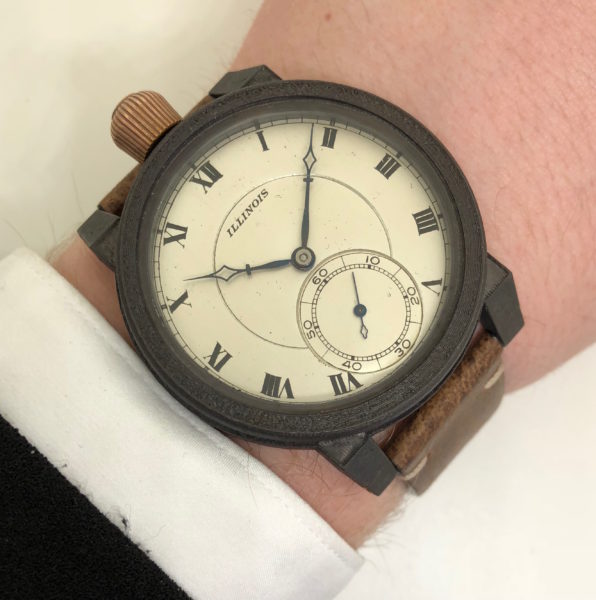
You can read our profile of RT Custer and Vortic here.

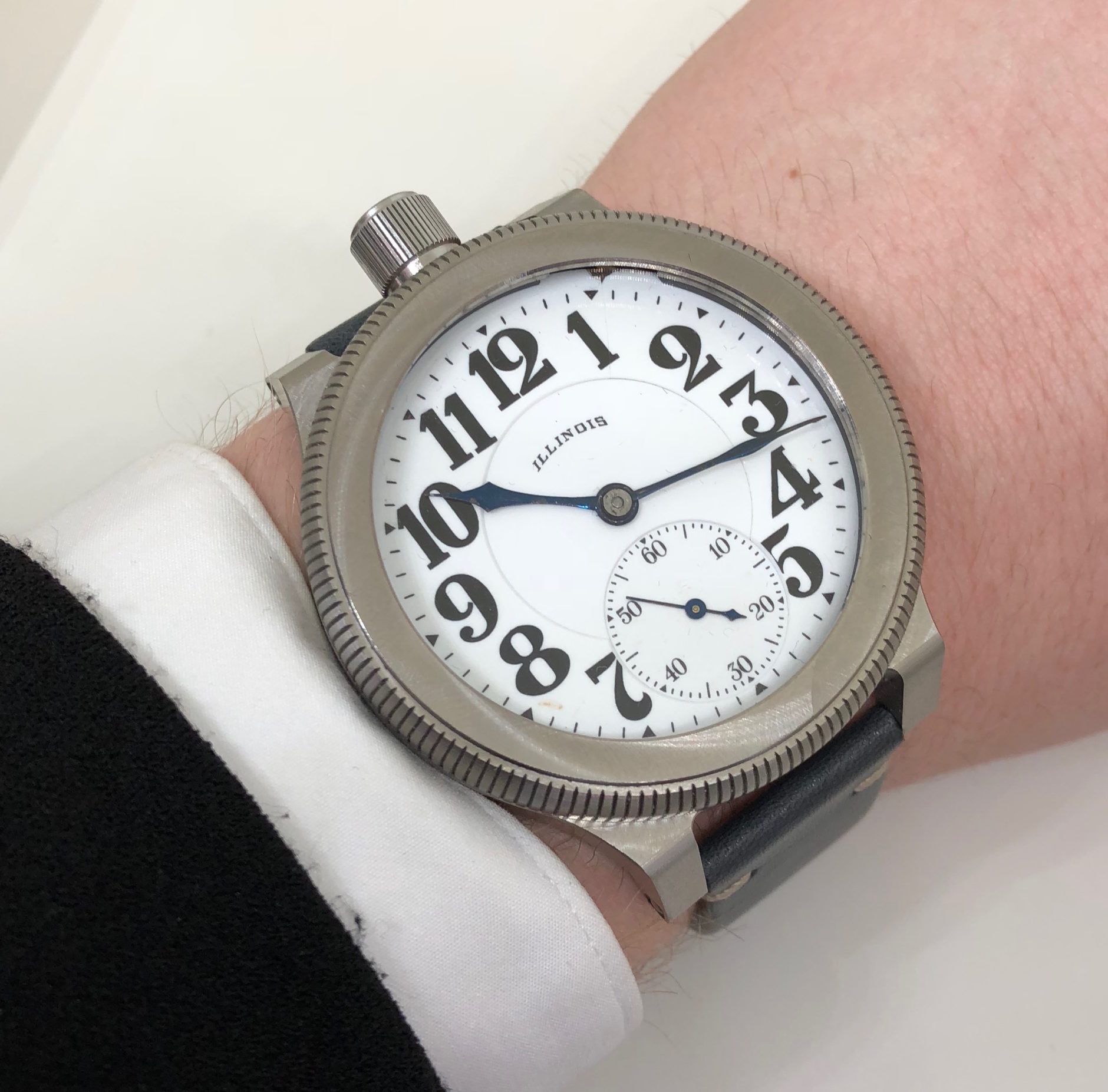
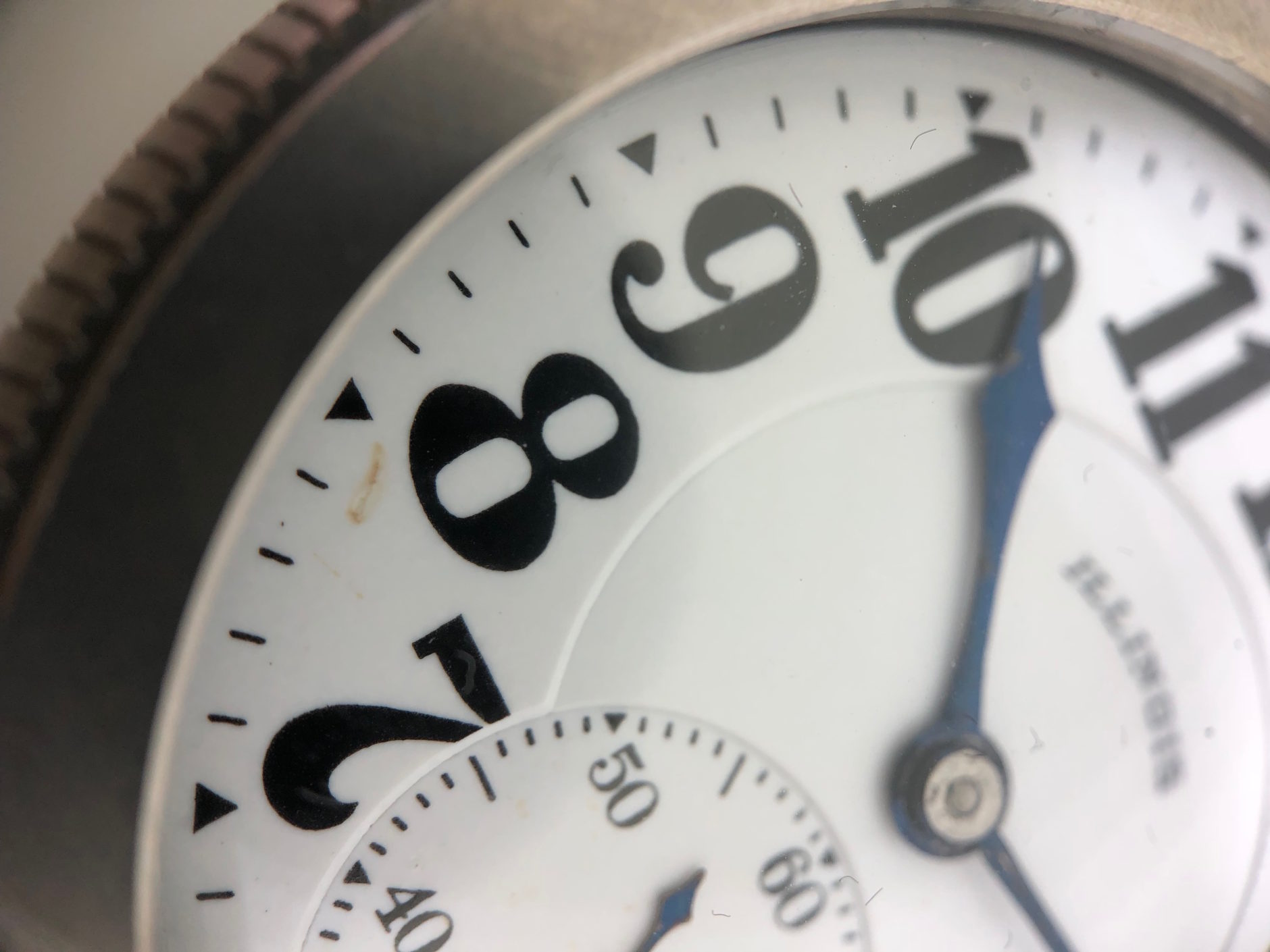
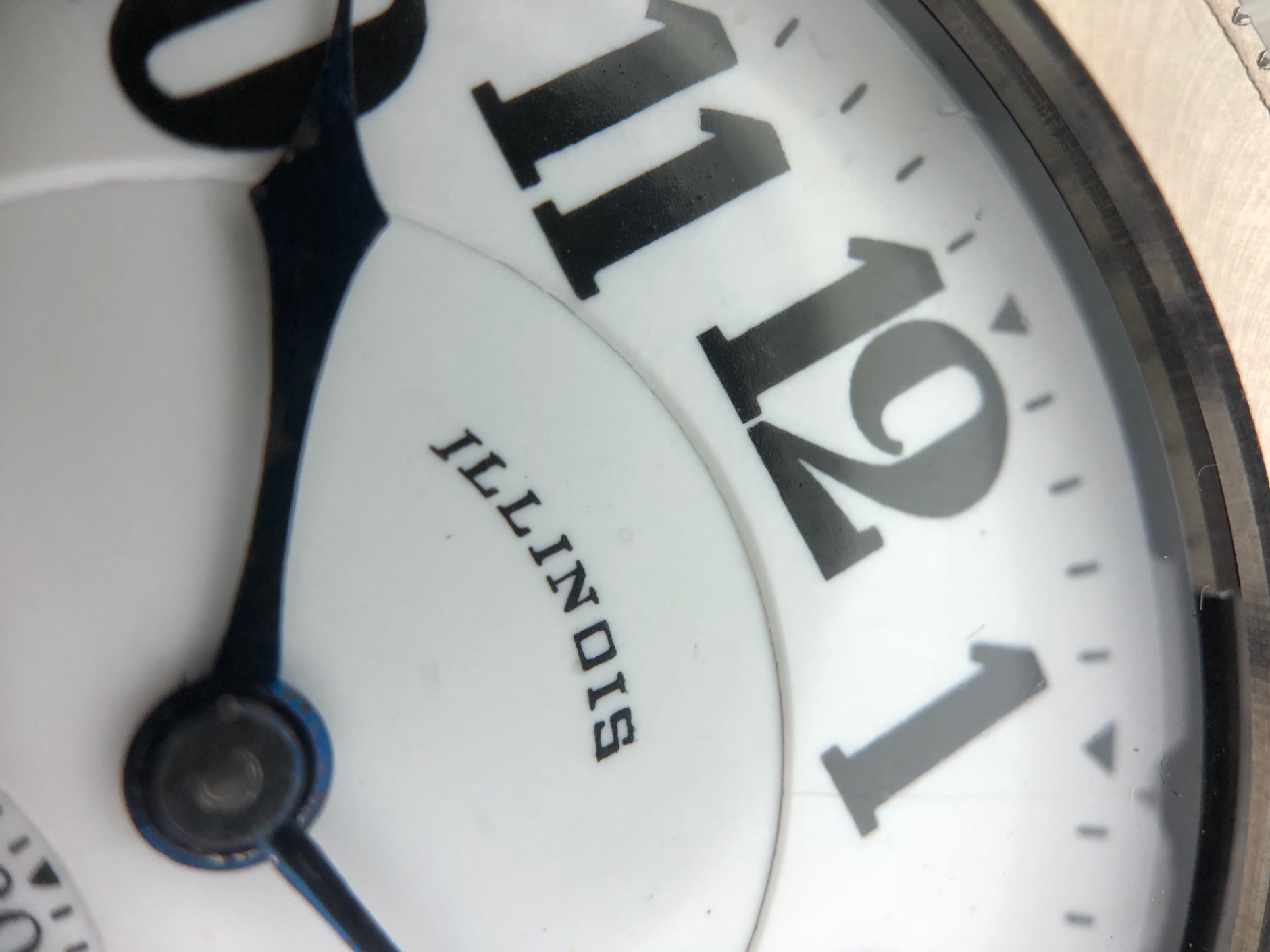
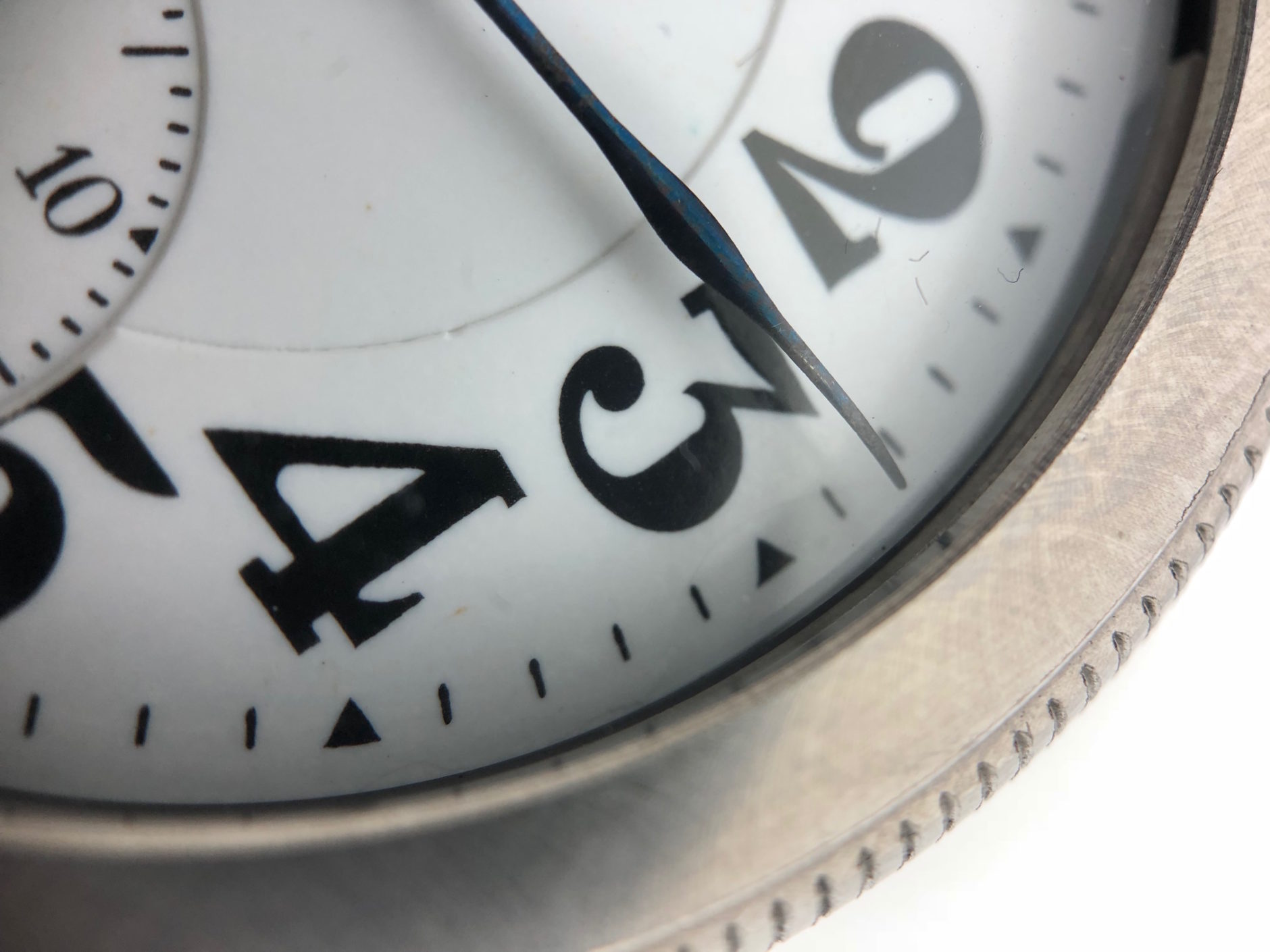
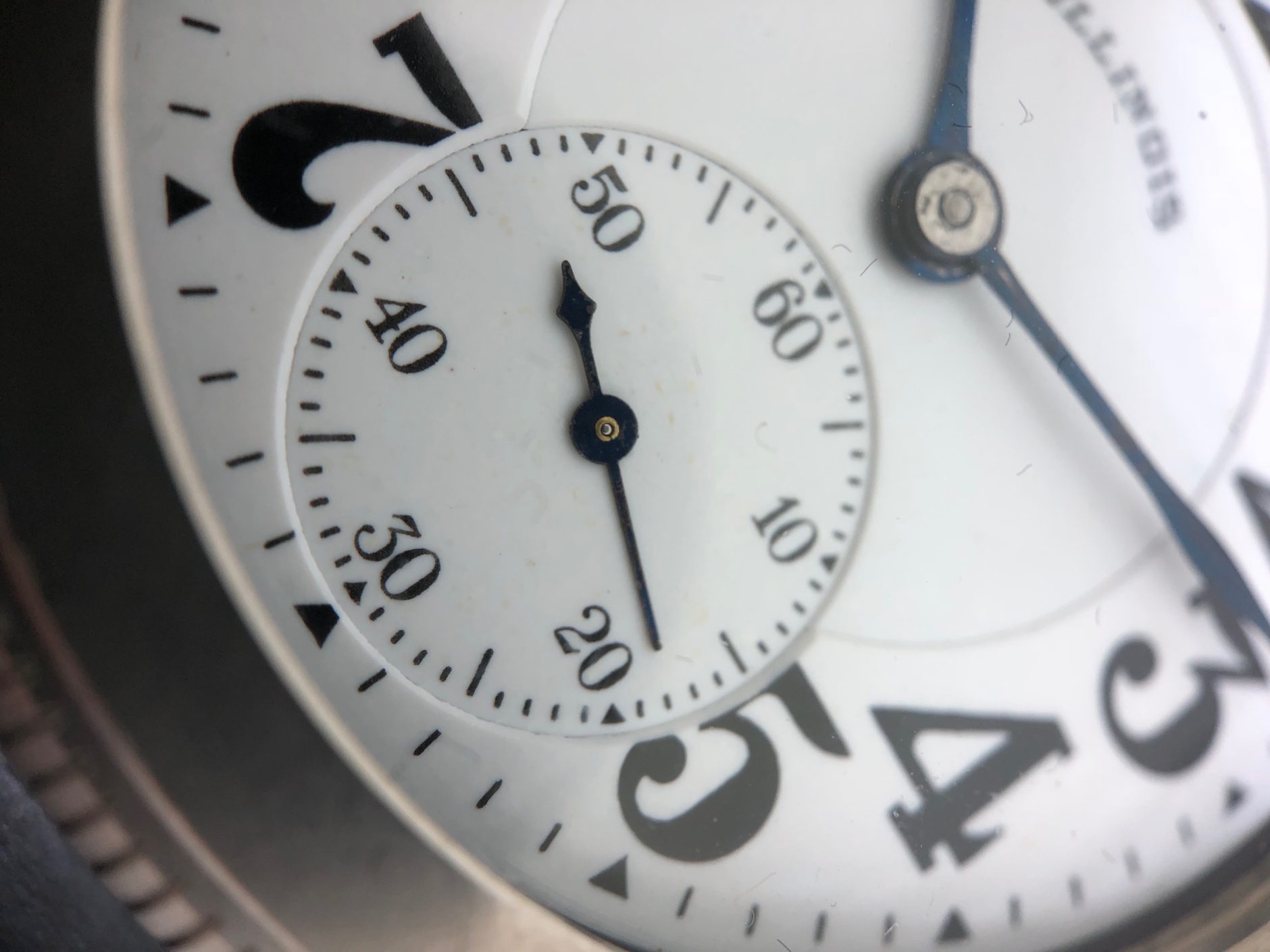
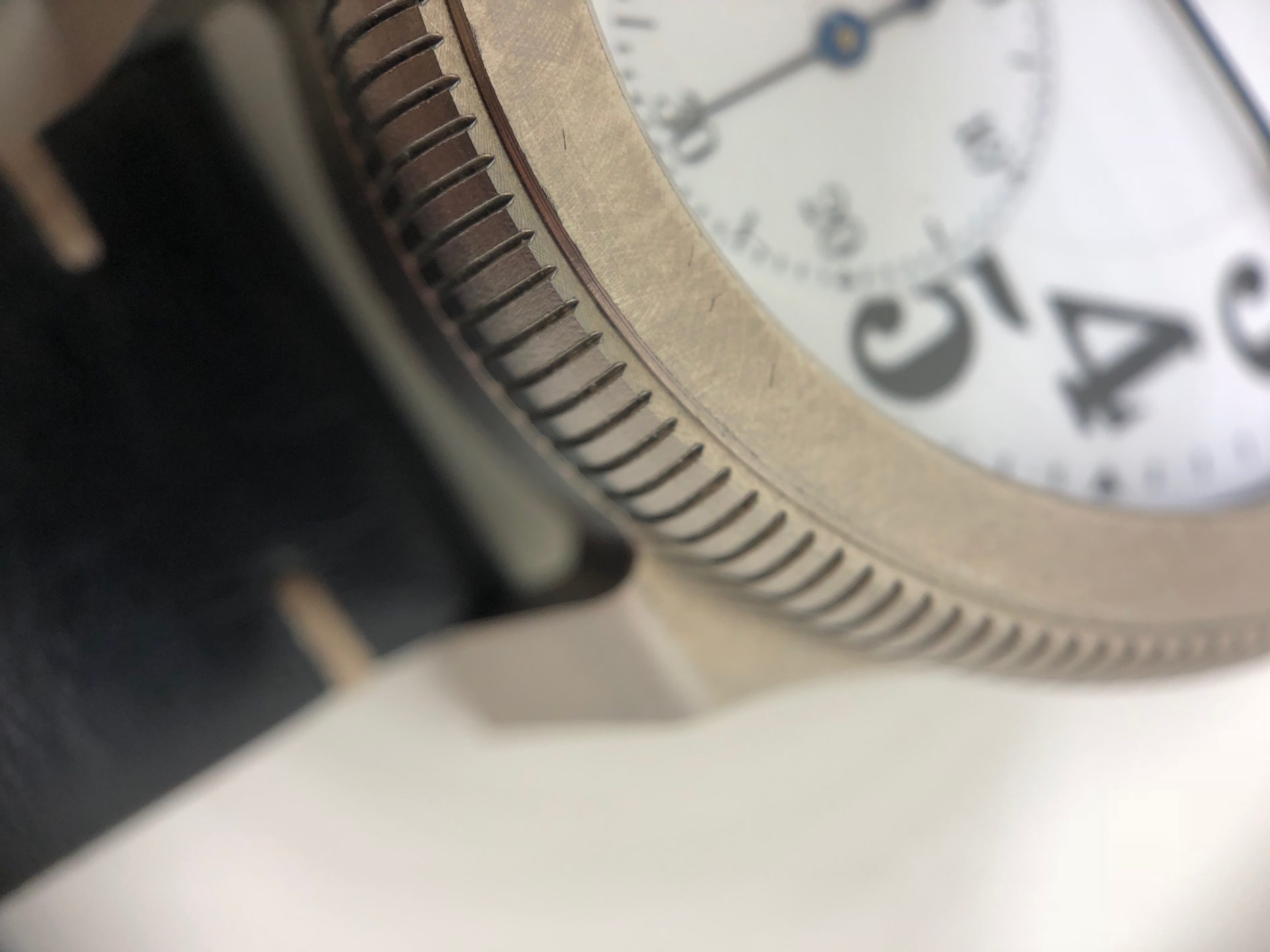
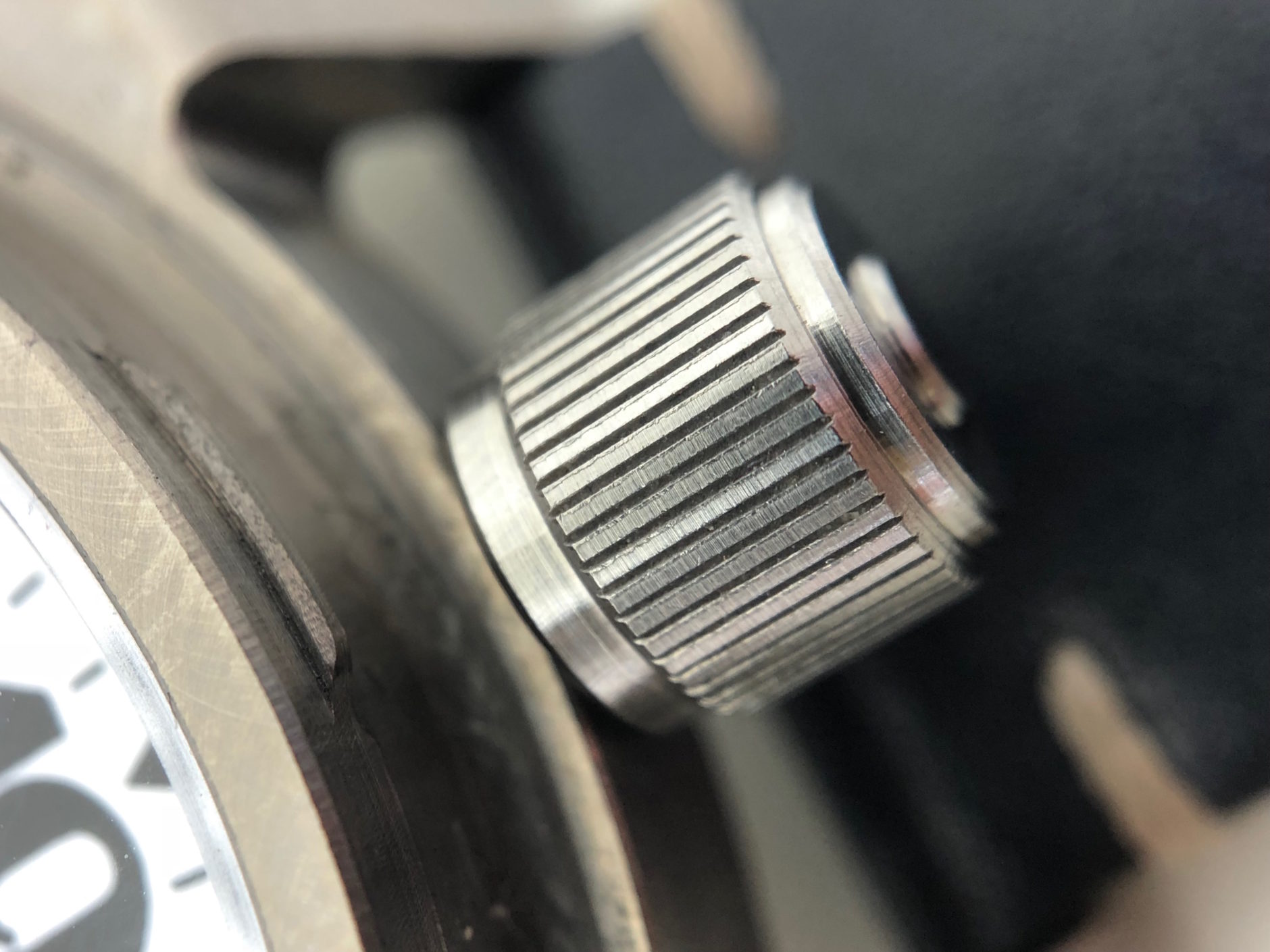
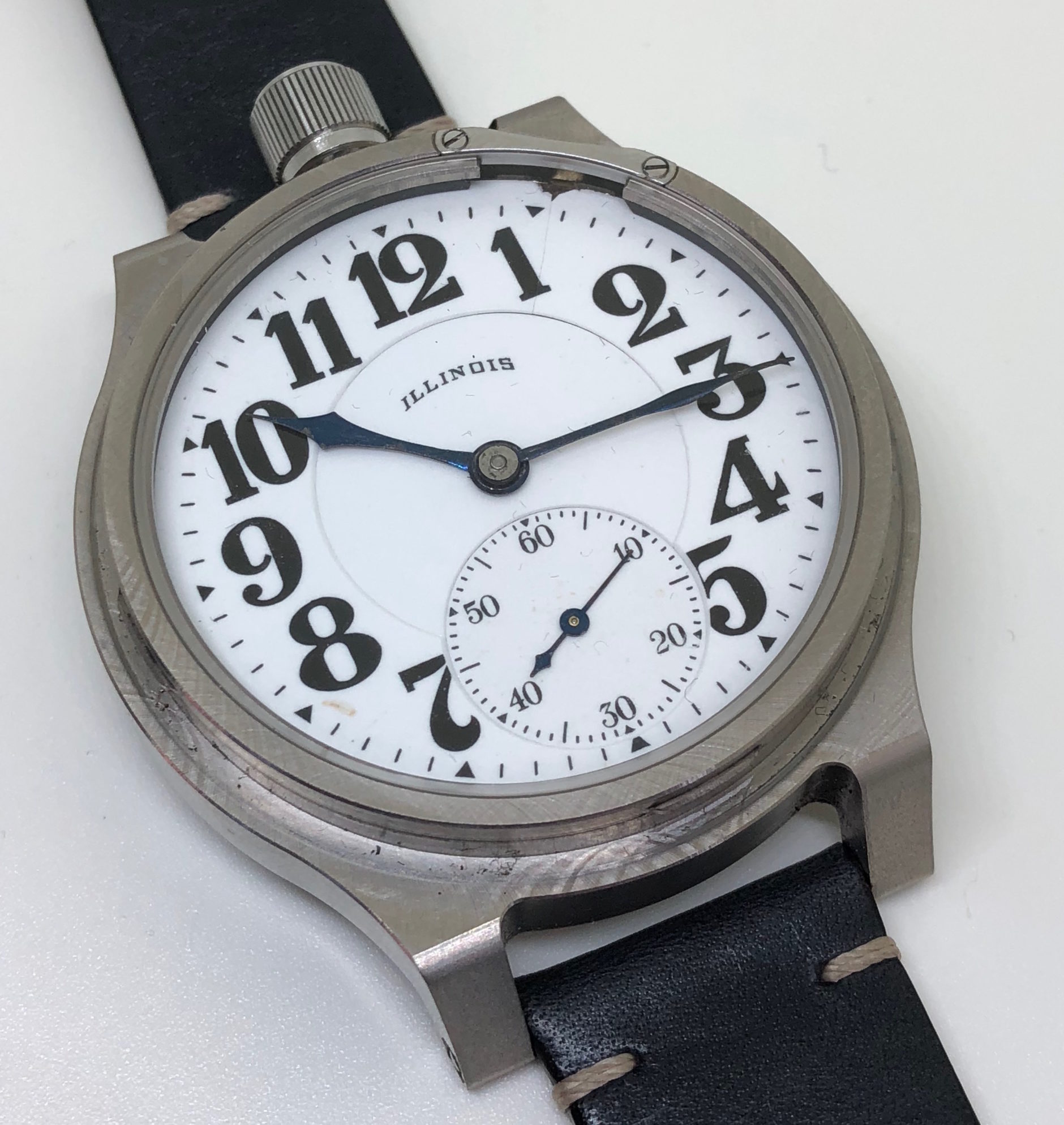
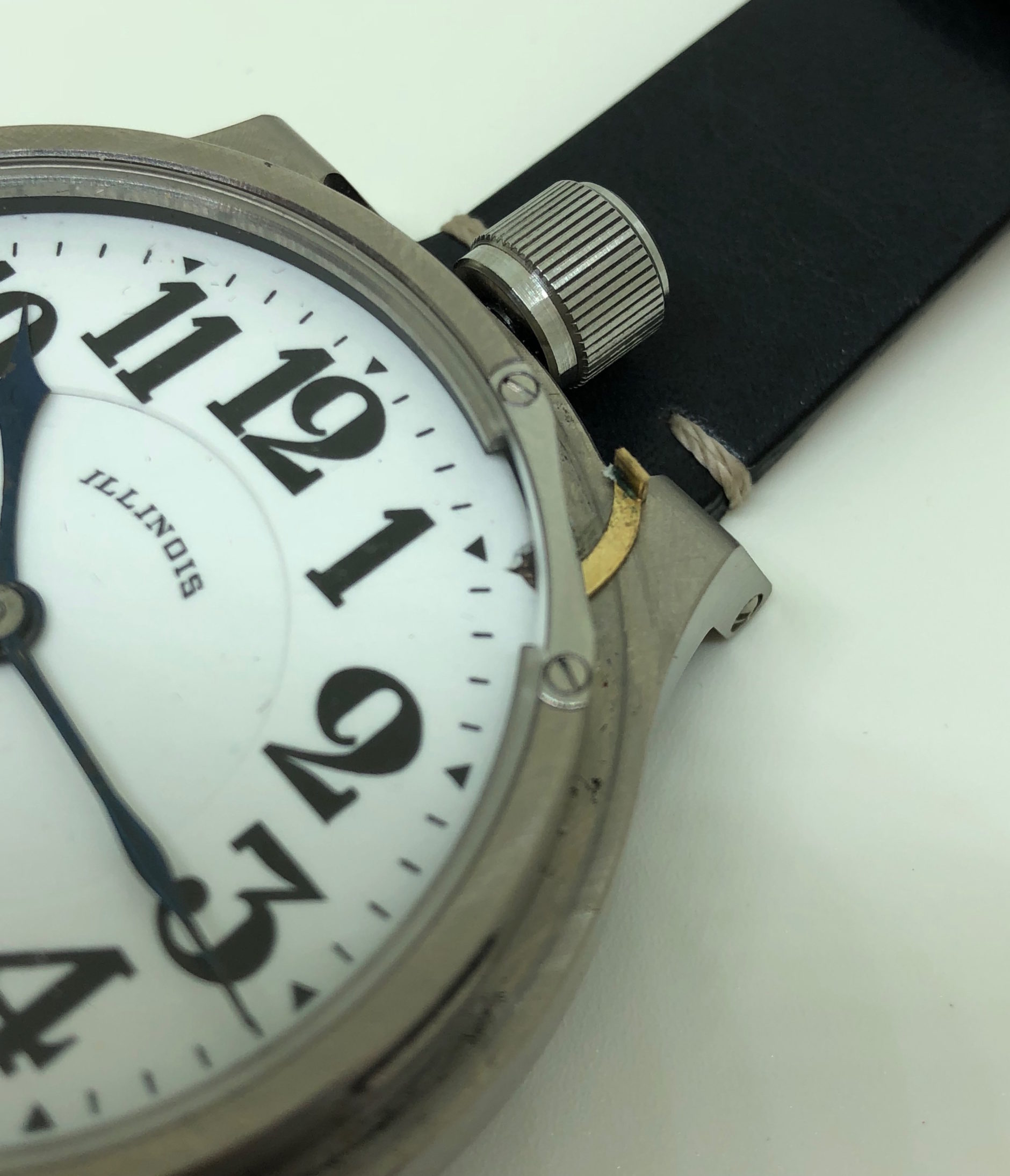
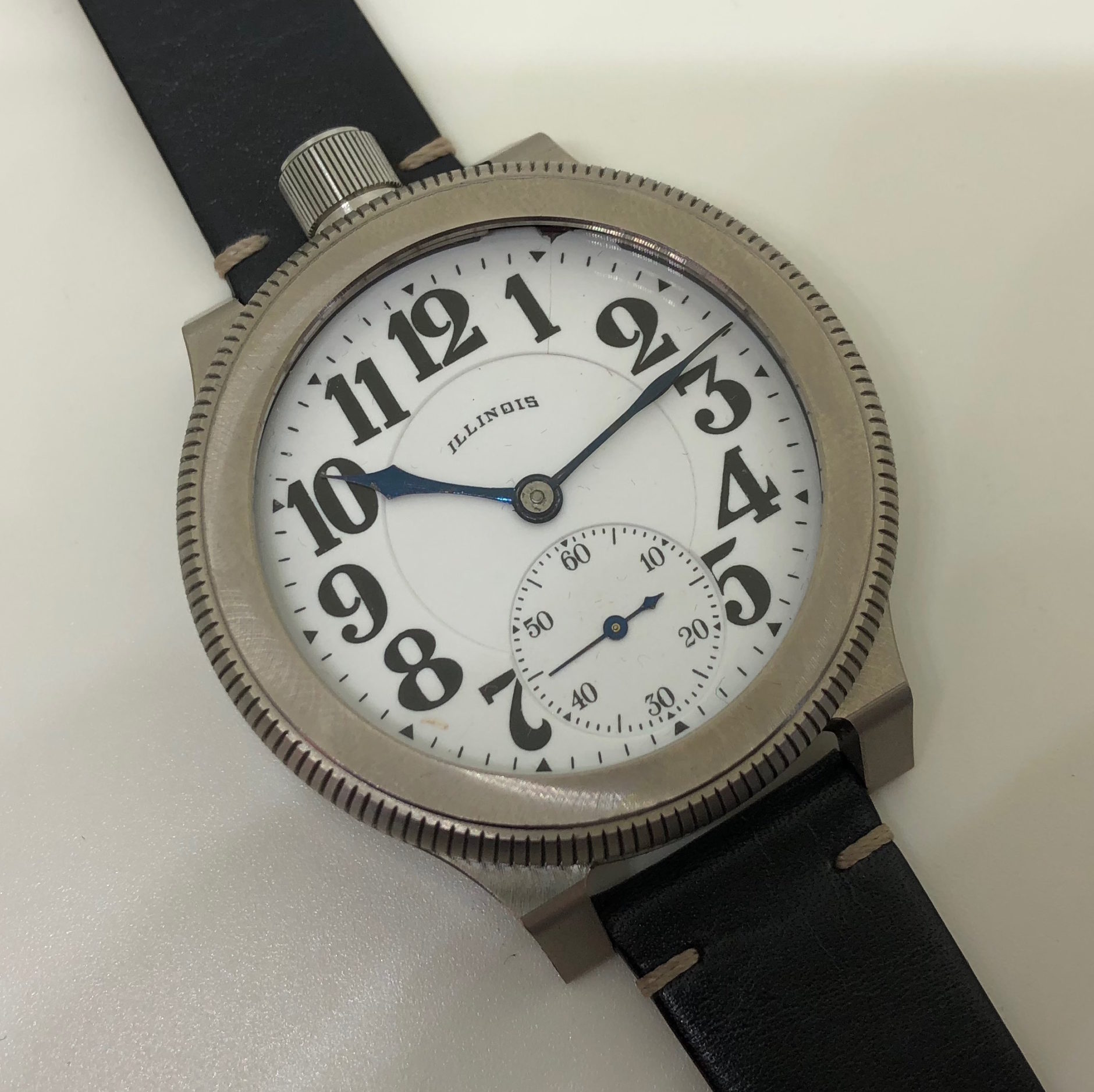
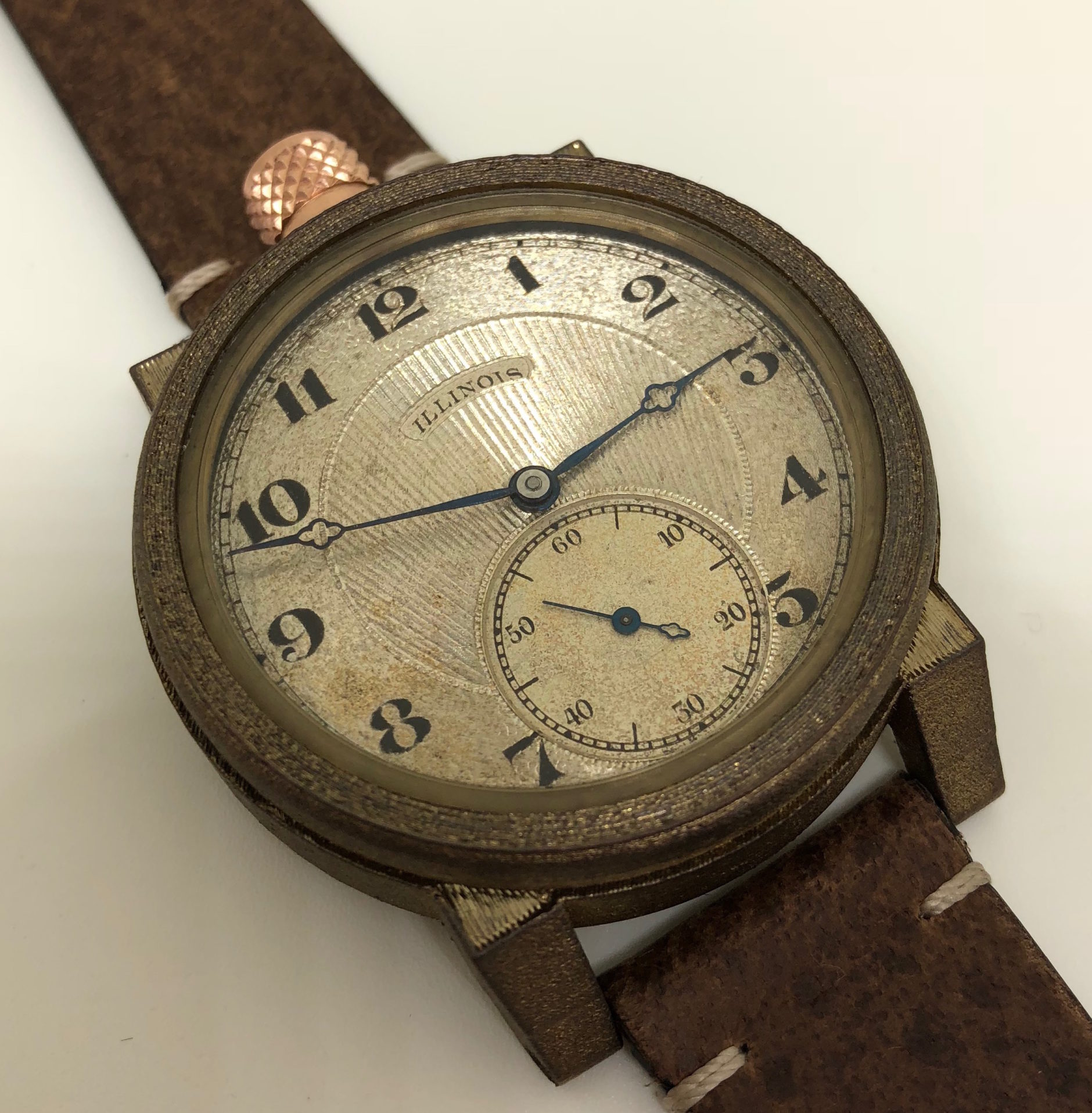
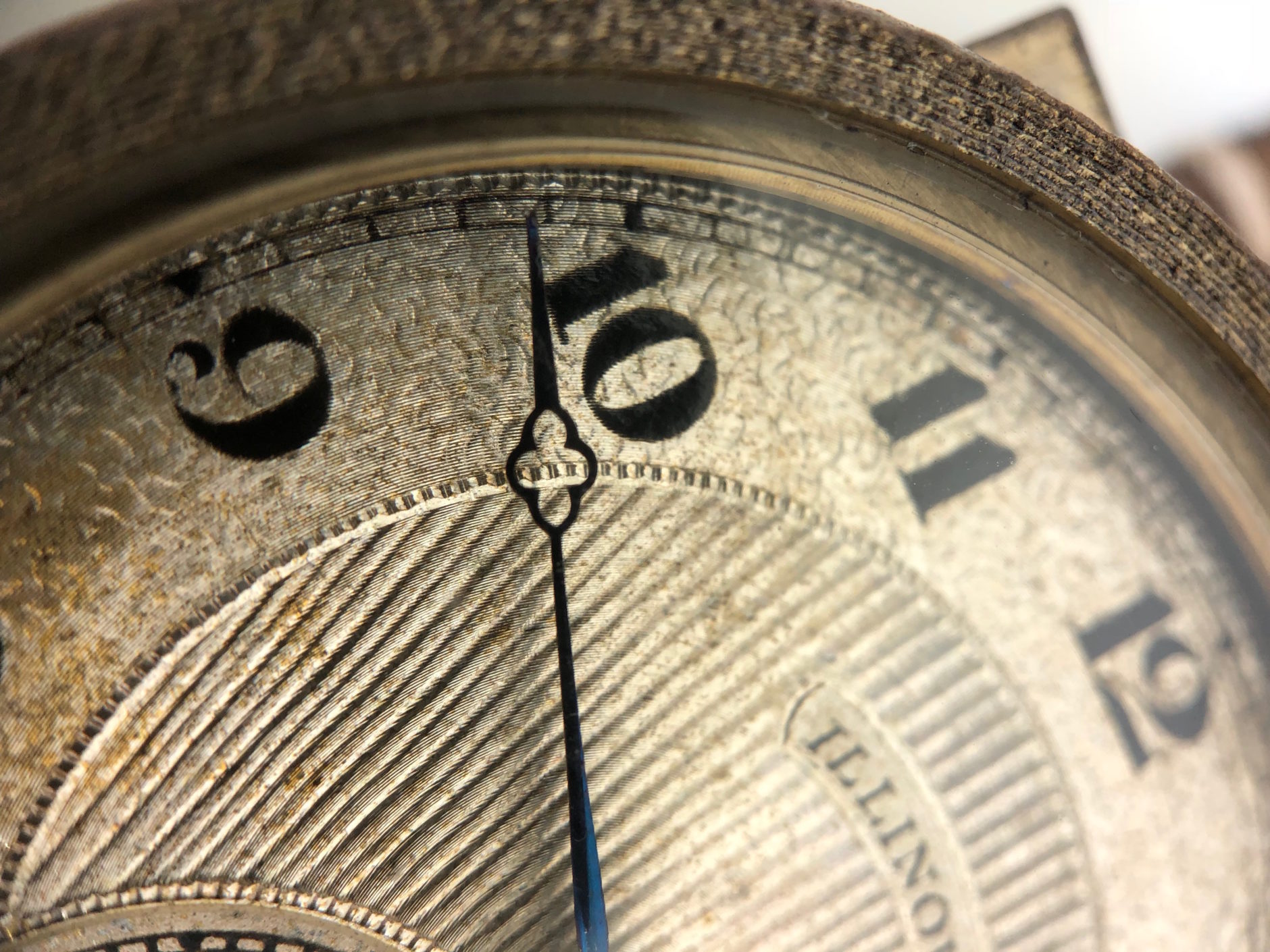
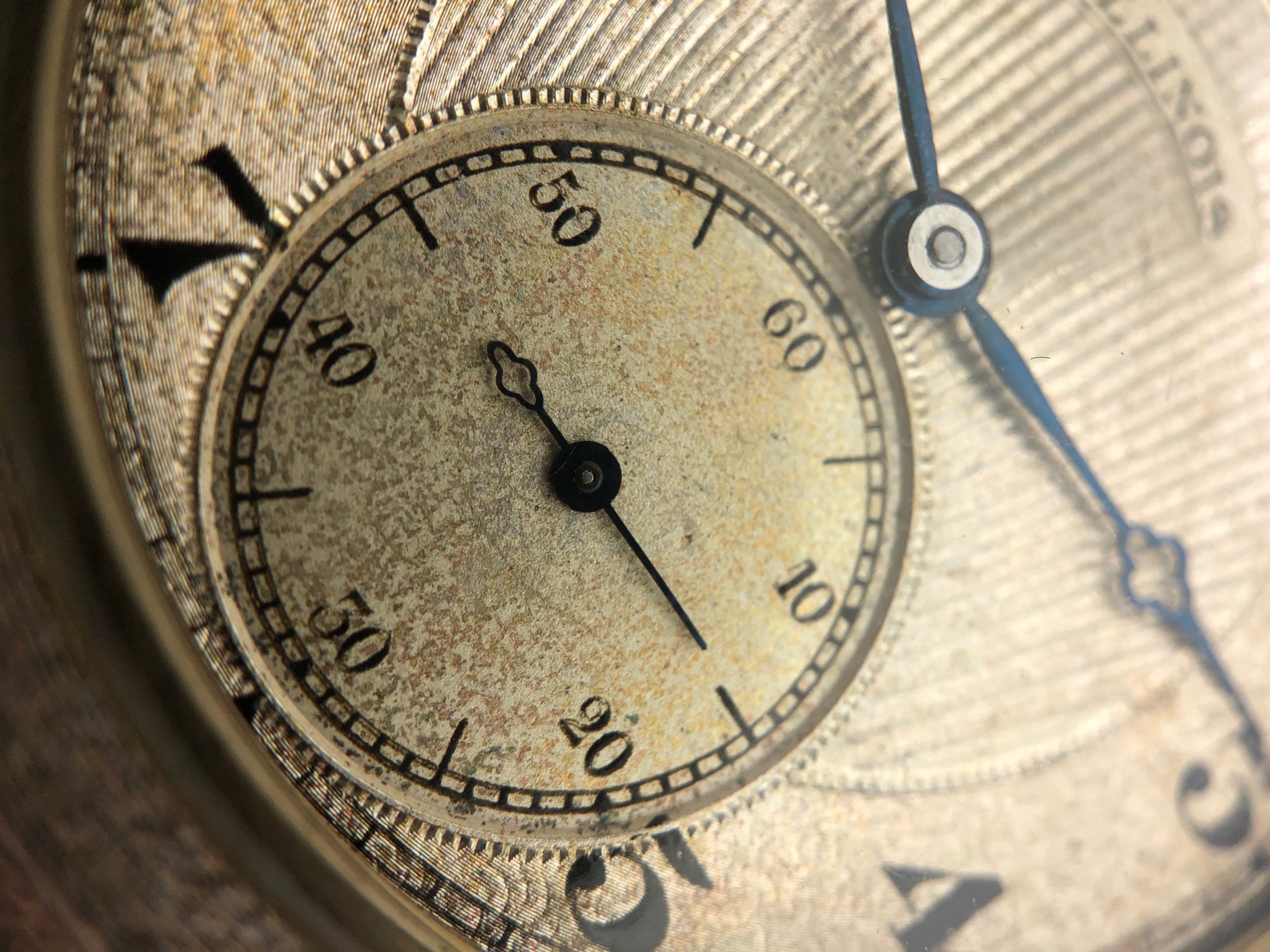
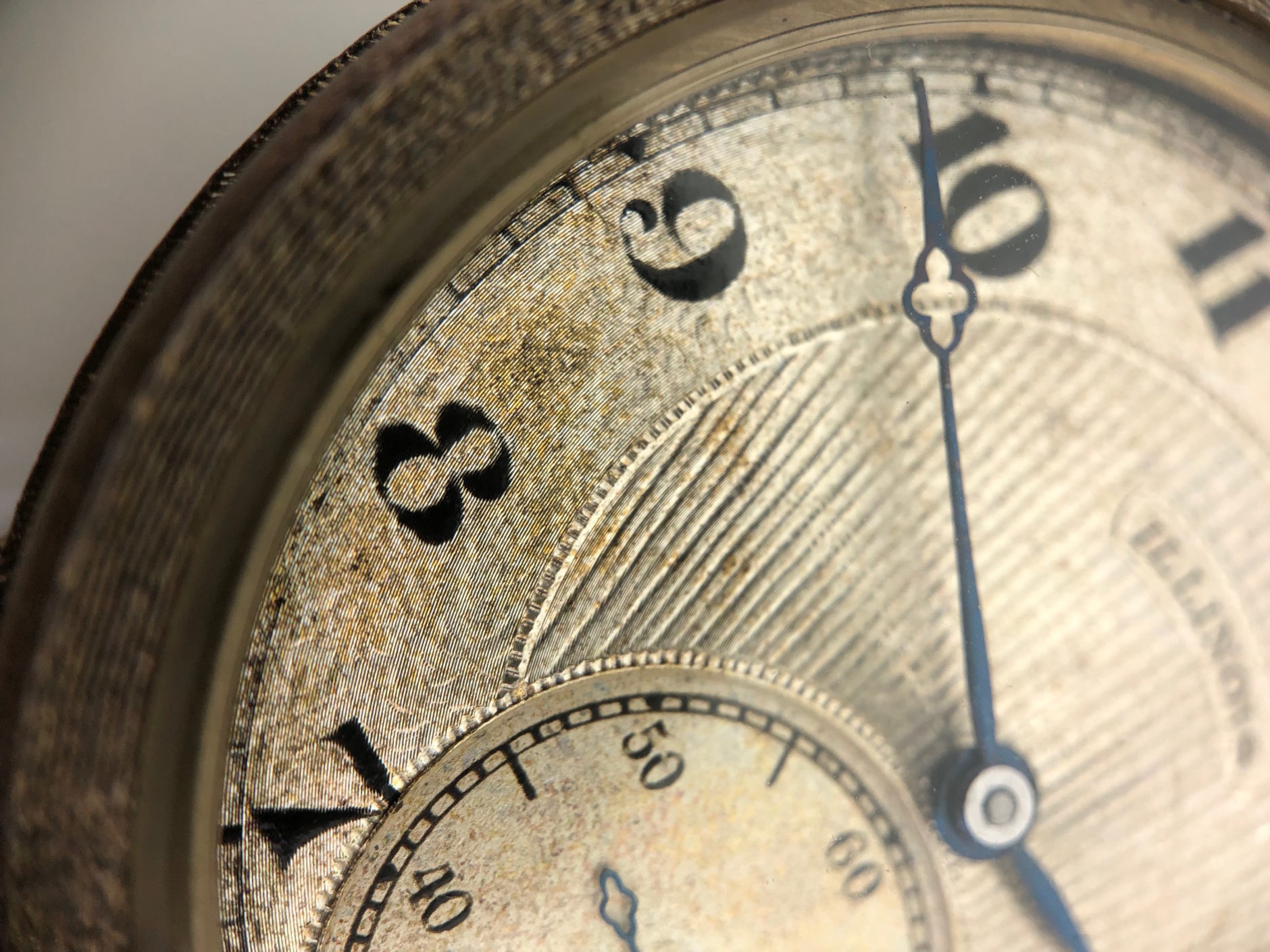

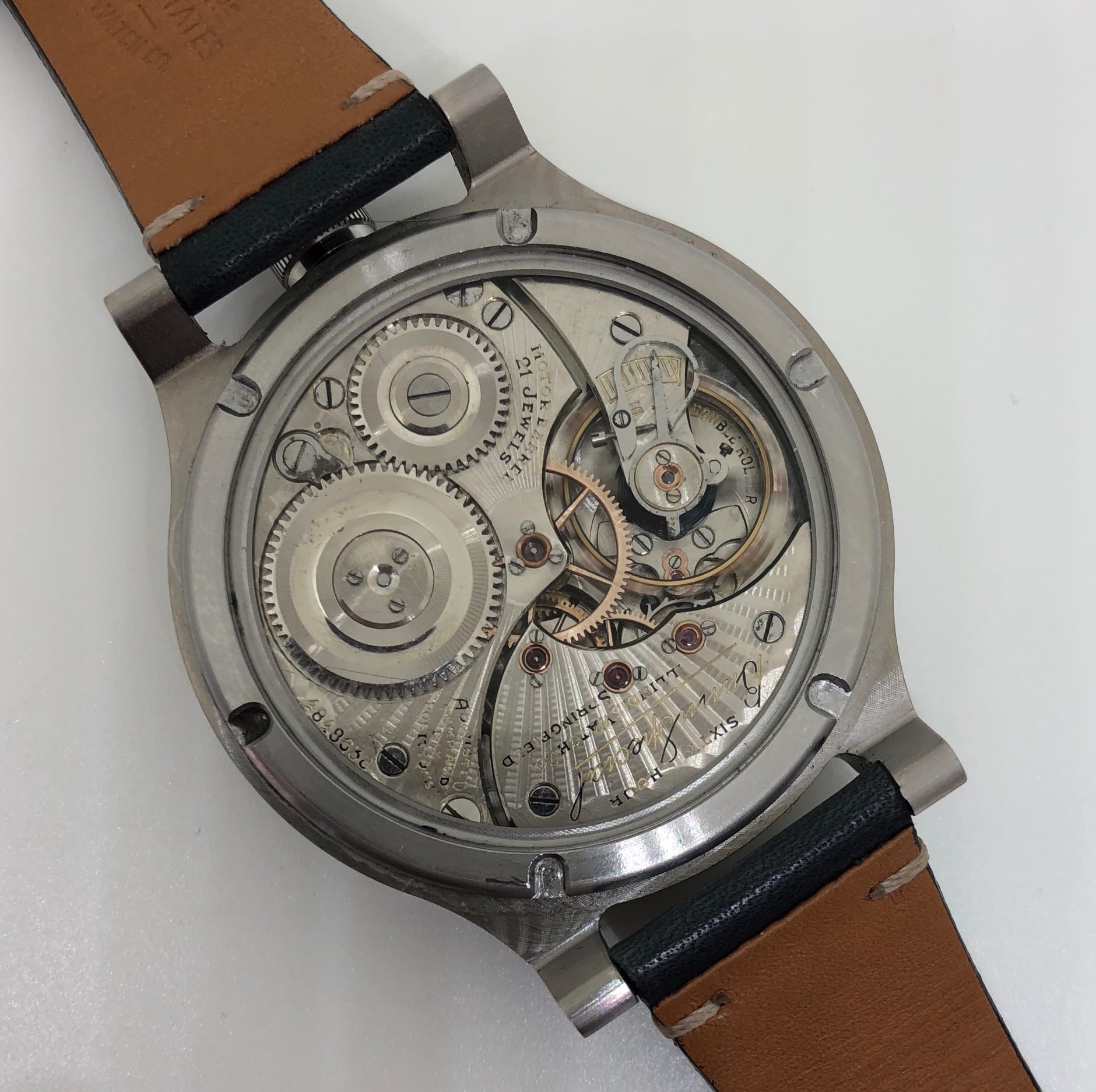
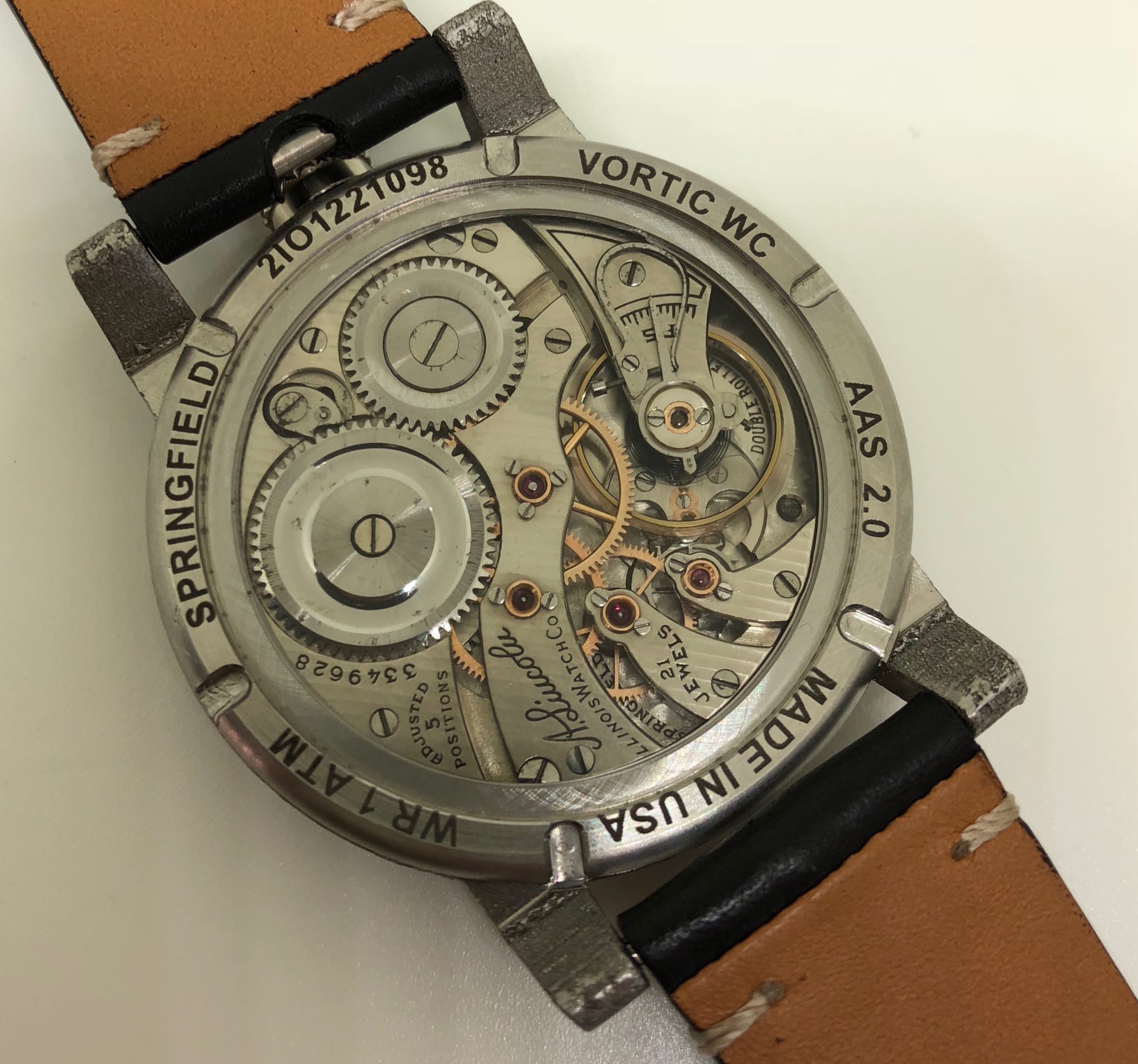
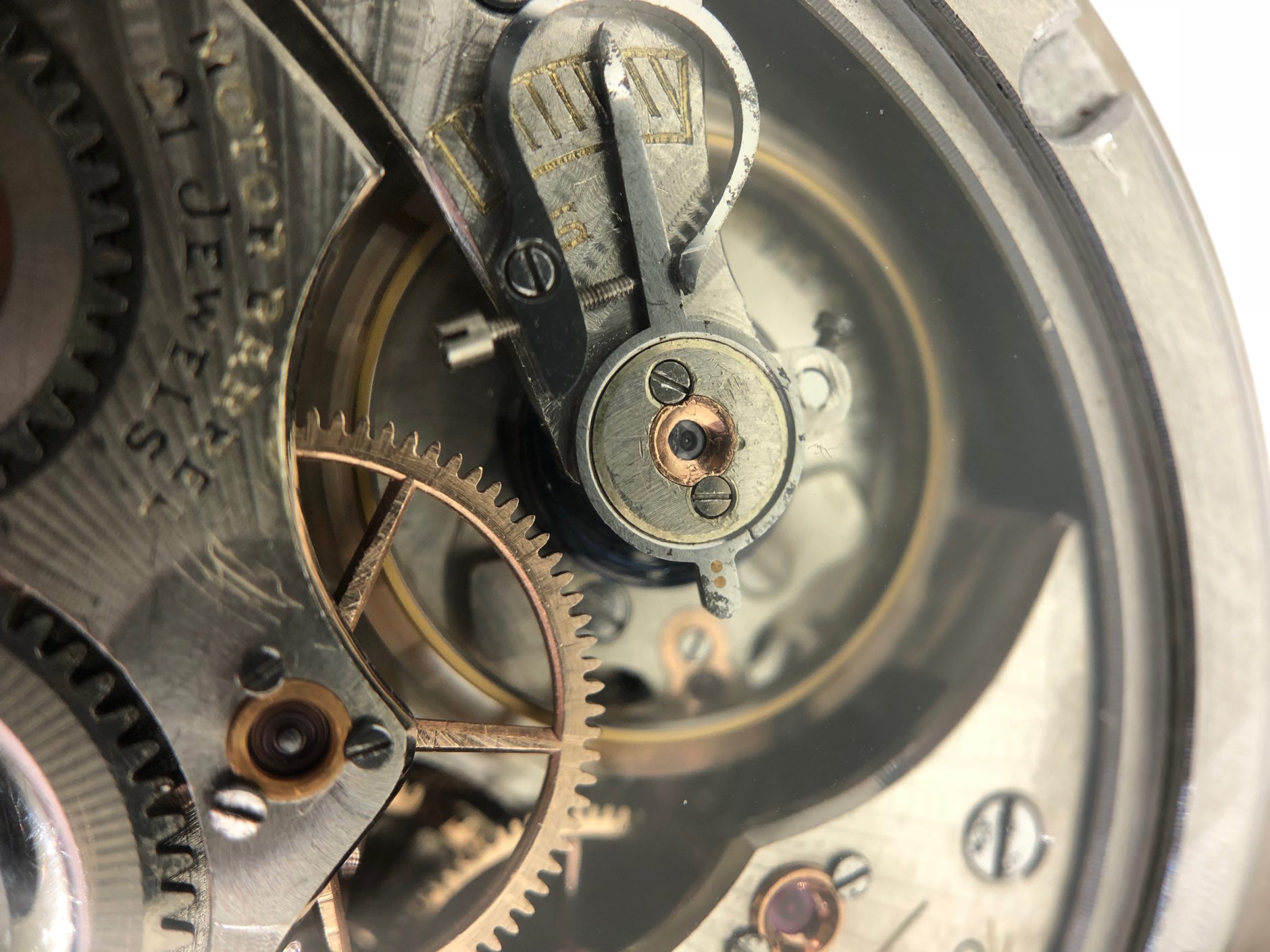
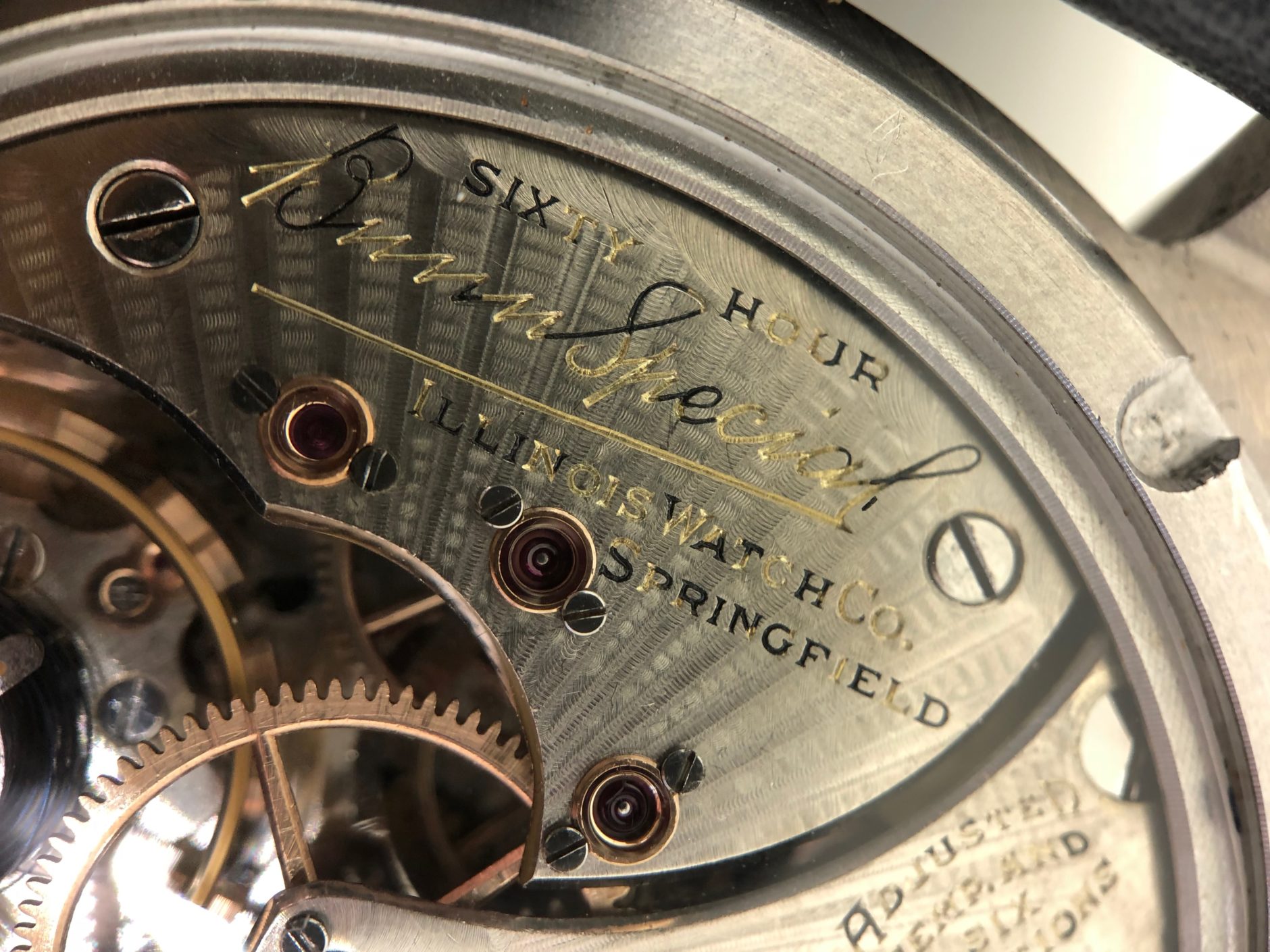
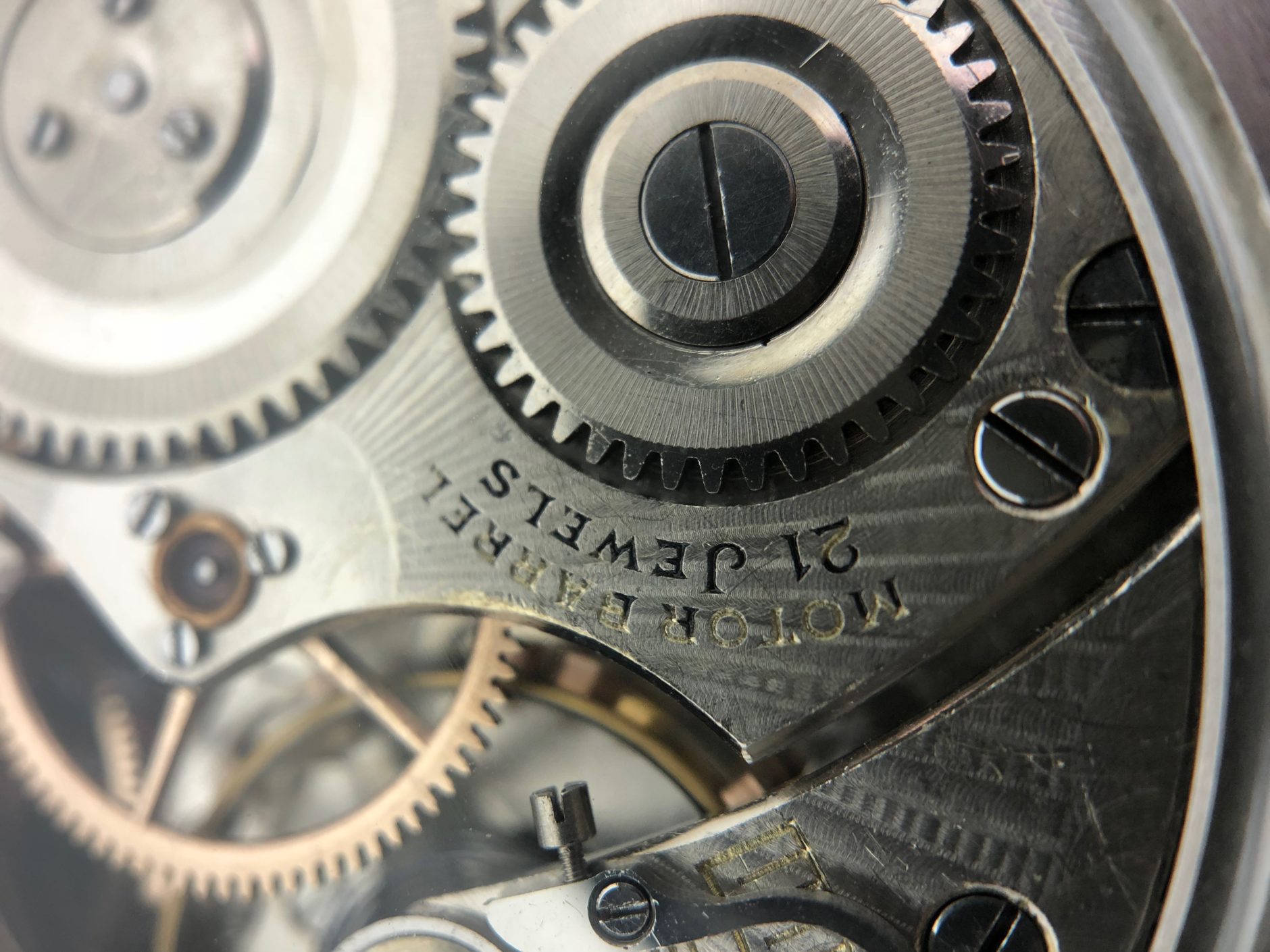
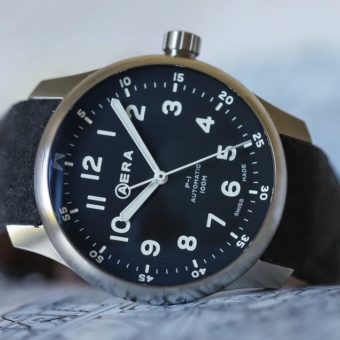
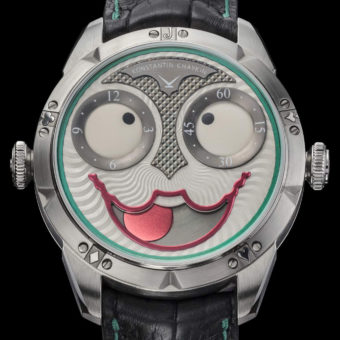


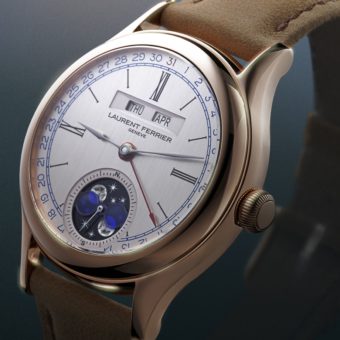

Fun stuff I like it !! :-)
Actually, I have a Vortic Boston (Waltham) (075). I do have a large wrist, so my Vortic looks great. It allows me to wear a great piece of watch history on my wrist. Not ugly at all…
Maybe it is called the Vortic Railroad Edition because the owner might need a train wagon to carry it. What an enormous and ugly time piece.
Figuring out how to make the watch’s water and dust proof.
C’mon.
watches